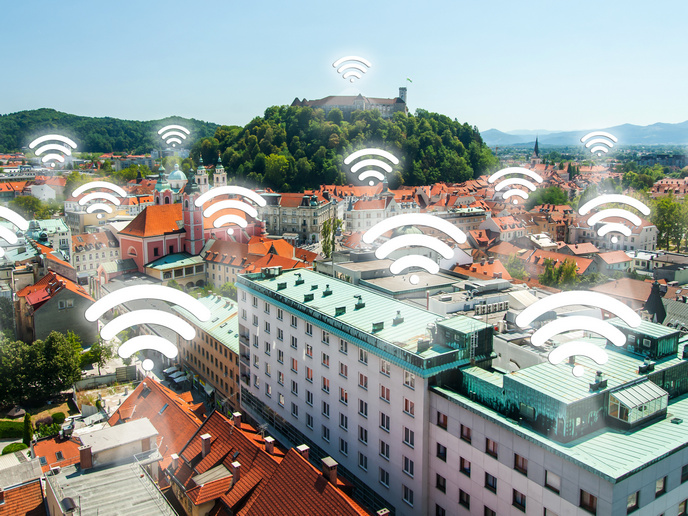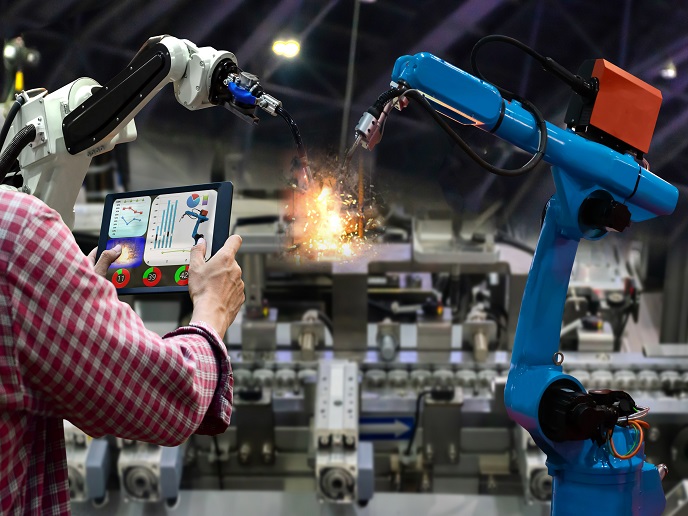Optimising real-life energy performance in buildings
Buildings represent approximately 40 % of European energy consumption, and the EU has responded by issuing building energy performance certificates that grade a building's efficiency on a scale from A to G and offer recommendations for improving performance. But real-life energy consumption can exceed design predictions by more than 100 %, and tools that accurately measure consumption are needed to reach Europe’s goals for improved energy efficiency. The EU-funded SATO project has contributed to the solution with a multi-layered platform architecture that improves monitoring of energy use and inspires greater efficiency.
A self-assessment framework
A key feature of determining real-life energy use is reliable self-assessment. SATO’s self-assessment framework (SAF) uses data analysis and machine learning to report on energy consumption and equipment performance. The SAF is aligned with the European Commission's smart readiness indicator (SRI) initiative, which measures a building’s use of smart technologies that accelerate decarbonisation. Like other aspects of the SATO solution hosted on the project’s platform, the SAF is multifaceted. According to project coordinator Pedro Ferreira, “the SAF is organised into five categories of assessments: whole building, building envelope, occupants, building systems and appliances. It comprises over 90 key performance indicators and 80 assessment methods, covering 30 equipment and building components.”
The SATO platform
The modular SATO platform hosts self-assessment and optimisation tools and services. Independent of building type, it provides Internet of Things capabilities to new and legacy energy devices. Several interfaces highlight the user-centred focus of the SATO solution. A web-based interface displays information derived from the SAF and supports interaction. For non-residential buildings, a BIM-based 3D interface enhances visualisation. To closely monitor household appliances, the platform is integrated with a mobile application that displays data on energy efficiency and appliance use. The development of the platform and its several interfaces were designed with users in mind. As Ferreira says: “The interfaces were developed in an iterative process that considered user evaluation and feedback. The current state of the interfaces gathered very positive feedback from the testing users.”
Pilot studies across Europe
Nine SATO pilots focused on retail, residential and non-residential buildings in four European countries. The residential pilots conducted in Denmark, Italy and Portugal included two apartment buildings and more than 40 households, apartments and detached houses. Notably, the residential pilot in Seixal, Portugal was instrumental in creating a public dataset on appliance utilisation. Ferreira shares: “This data set enabled a significant scientific contribution to creating an AI-based laundry weight soft sensor that is the basis for a real-life assessment of washing machines.” Non-residential pilots included office buildings, retail stores, municipality buildings and university buildings in Austria and Portugal. These pilots supported the development of performance and fault detection assessments for various building systems, such as artificial lighting and heat pumps. All pilots contributed to developing a whole building energy assessment method across different building typologies. SATO envisions a widespread uptake of their cloud-based solution, and the team is working in concert with several other EU-funded projects in the EU4BET cluster to achieve this goal. While different components of the platform are at different levels of technological readiness, testing and evaluation at a large scale are the next steps.
Keywords
SATO, buildings, energy efficiency, optimisation, EU4BET, SRI, SATO platform, real-life energy performance, self-assessment framework, BIM







